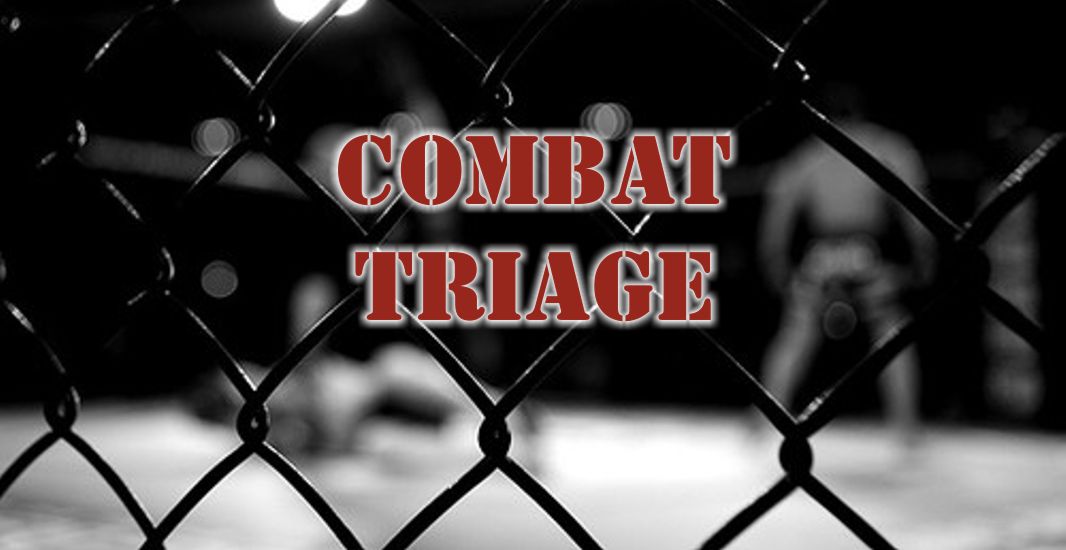Last weekend I watched a great little movie called: From Mexico With Love. I was happy because it had a very happy ending, but happier because the training scenes were just wonderful and offered some great advice about something that I’ve been insisting that my fighters pay close attention to if they want to strike with more stealth, more power and more longevity. We’re talking about one of the biggest challenges for a fighter in the octagon, that of being gassed out and subsequently of having to tap out simply because he looses steam. First let’s look at stealth. If you can’t control your breathing, a keen opponent, who is a tactician, is going to know when you’re about to do something, because a fighter usually takes a breath before he moves. Not to mention that if you are gasping for air and mouth breathing, its a give-away that you could be in trouble. Next, for the “strikability” factor. If you are mouth breathing, its fairly sure of certain that your strikes will not be exactly on target or as effective as if you are operating with full engines. Being able to control your breathing regulates your energy and restores it during your time outs in the corner. Moreover, if you make breath control part of your auxiliary training, you will have 15% more oxygen utilization that a fighter who doesn’t, regardless of any other cardio training. The breathing techniques in Yoga are very powerful and must be learned by a good instructor, so I urge all of you to enlist someone very knowledgeable in this area of training.
I can, however, offer a Breathing technique that should help to get you started and which isn’t so complicated that you can’t learn it right here: Right On Target Deep Breath: For this exercise breathe in and out of the nostrils only. No mouth breathing, no way. Sit up with spine straight but relaxed. Start by placing your tongue on the roof of your mouth (which is where it should be anytime you step into the ring so you don’t bite it off if you take a hit).
Part 1: Breathe in slowly pushing your stomach outward, then exhale and pull it
back in deeply towards the spine. Repeat 2 times.
Part 2. Breathe in as in Part 1, but now continue to expand your rib cage
outward. Exhale as in Part 1. Repeat 2 times.
Part 3. Breathe in as before but after expanding the rib cage, pull the air up to your upper lungs into the Bronchial area so that you feel like an expanded balloon. Exhale completely pulling your stomach into your spine. Repeat 3 times. After you are able to utilize all 3 sections of your lungs with parts 1,2 and 3, practice Part 3 as the complete breath. It is not necessary to perform more than 7 times per day if you perform properly. You will begin to feel as if you have accessed parts of your lungs that have never been fully opened.
When you feel comfortable with the entire technique, you may incorporate holding the breath starting at 5 counts and going up to 12 counts before exhaling. This is what helps you to get the breath back under control. Make sure to practice in a room without stale air. A bonus of this practice is that it will flush toxins from your joints and muscles to alleviate soreness after training.
Best Time to Perform: At the end of any training session.
Time Needed to Perform: 3-5 minutes well worth it.






